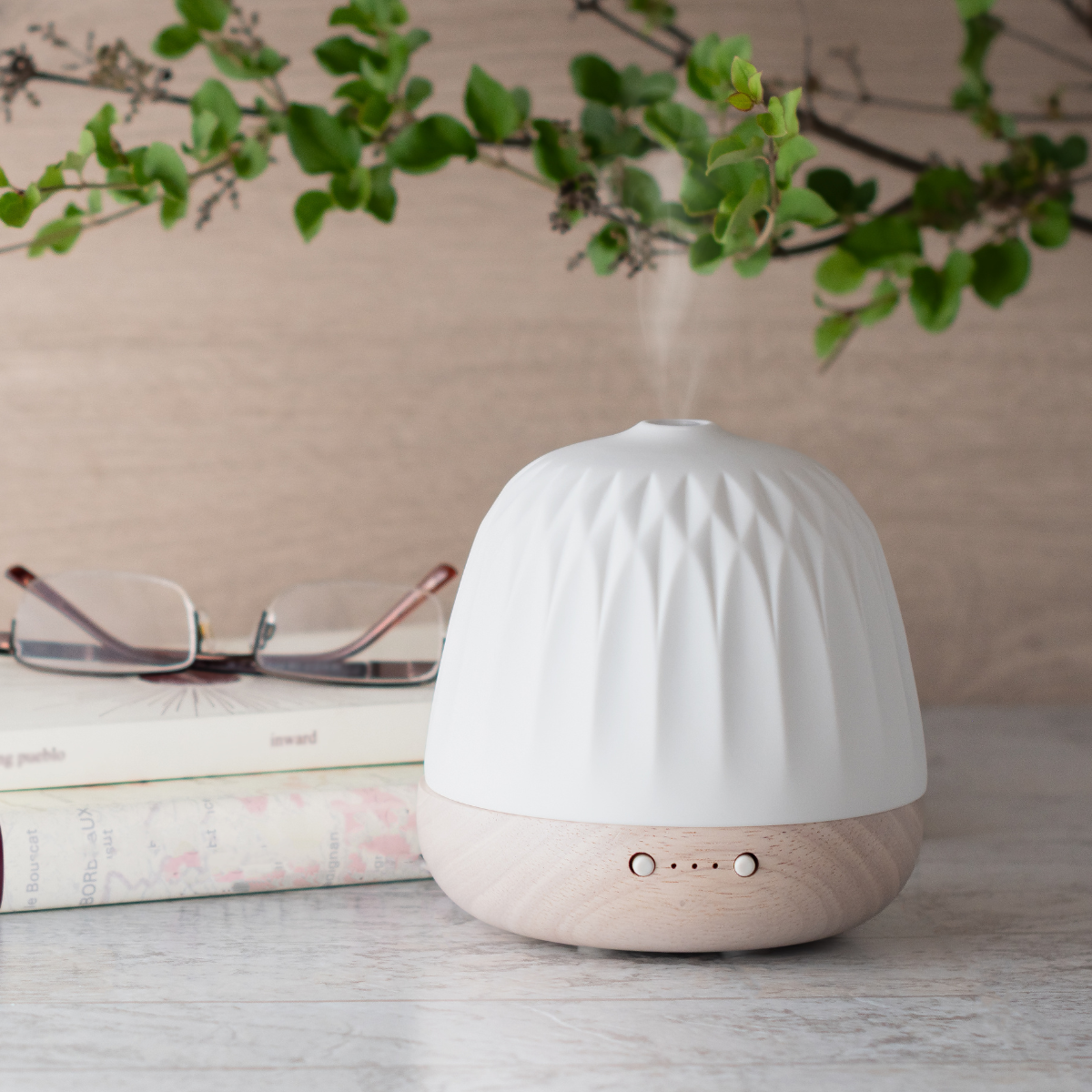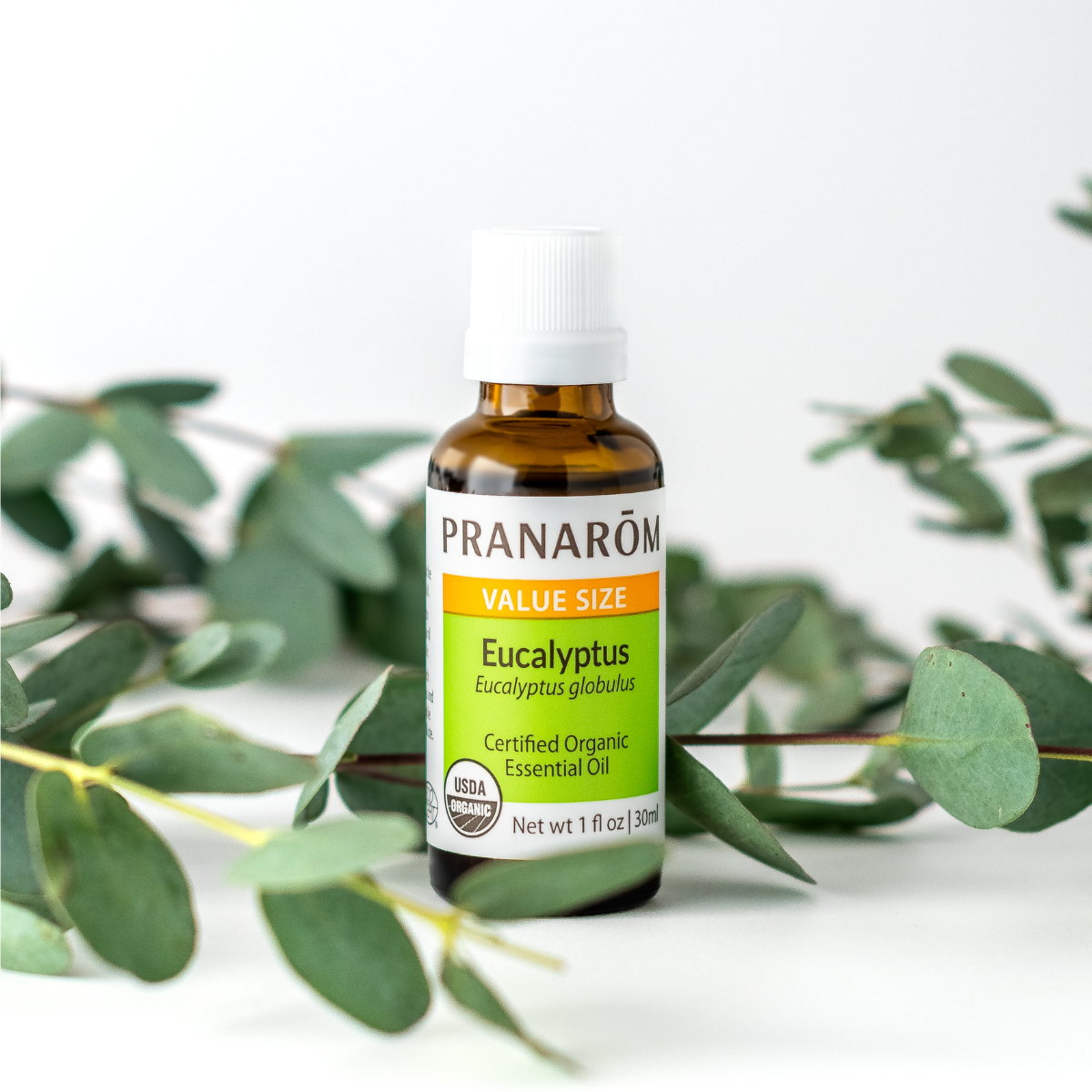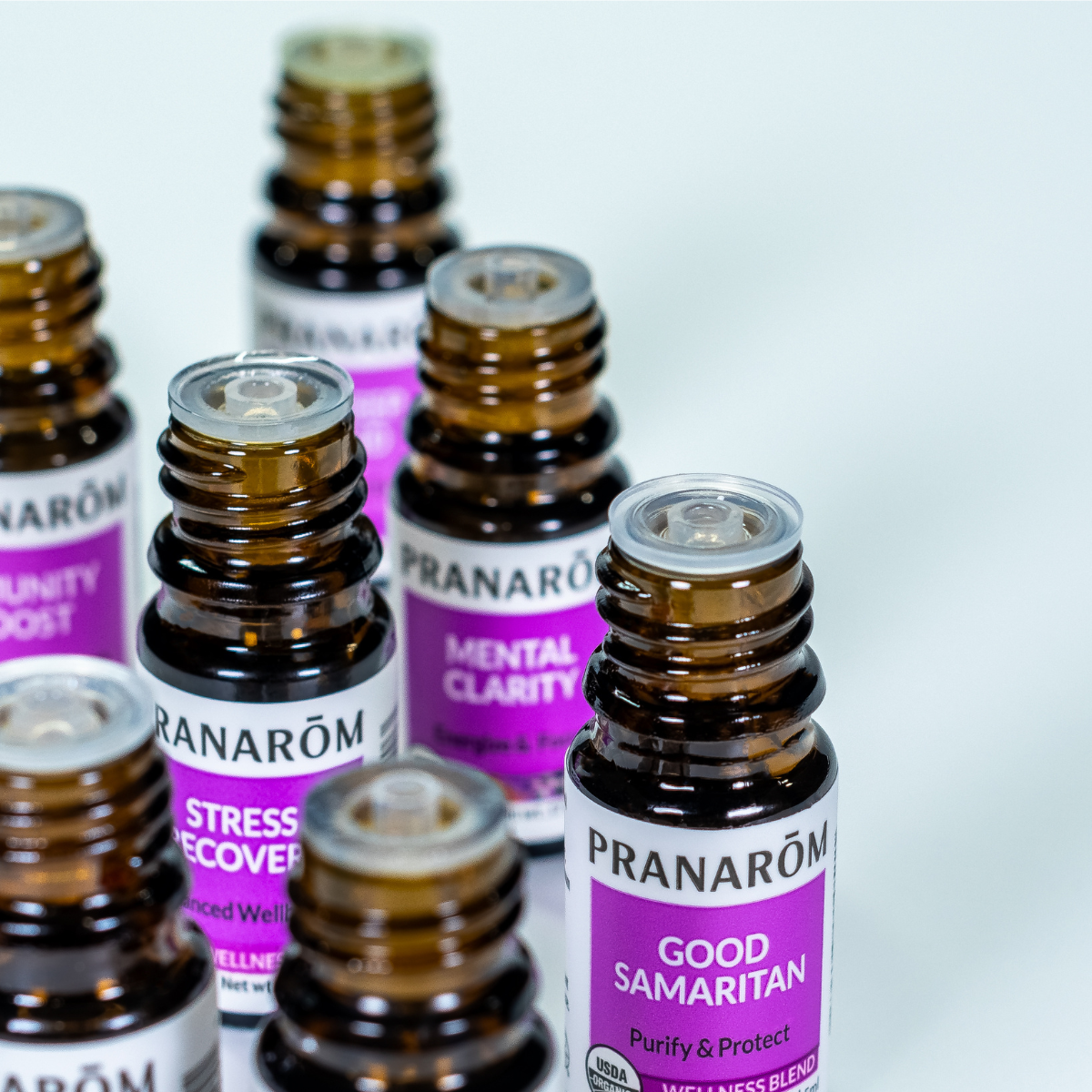Astronomically we still have a month left of summer, but for students across the country summer ends much earlier. As school returns to session students (and their families!) face some perennial challenges: an increase in stress, compromised immunity, a requisite shift in focus, adjusted schedules, and disrupted sleep cycles. The latter becomes even more challenging after the Autumnal Equinox at the end of September when we begin to receive less light daily. This affects levels of serotonin and melatonin in the brain that may potentially alter mood and further disrupt sleep cycles.
Good Samaritan Cinnamon Leaf, Lemon, Rosemary ct Cineole, Eucalyptus Radiata, Clove, Cinnamon Bark
Good Samaritan is an indispensable formula for a healthy home. Diffuse 3-6 drops for immune defense in ultrasonic diffusers to defend against germs and safeguard the respiratory system. Add several drops to cleaning solutions or hand soap for a natural disinfectant.
Immunity Boost
Lavender, Eucalyptus Radiata, Tea Tree
Our Immunity Boost is extraordinarily versatile for preventative care and immune health. Inhale or diffuse this blend to nourish the immune system and open the lungs. It may also be used with dry brushing for added immune support. Add 2-3 drops to lotion for a hand sanitizer.
Immune Defense Solution
Lavandin Super, Eucalyptus Radiata, Niaouli, Rosemary ct Verbenone, Eucalyptus Globulus, Ravintsara, Peppermint, Clove Bud, Coriander Seed
This powerful blend of Eucalyptus and Rosemary essential oils supports and defends immune and respiratory health. Use topically or diffuse to purify indoor air. Easy to use and great for an immune boost on the go!
Stress Recovery
Lavender, Bergamot, Clary Sage, Sweet Marjoram, Rose Geranium
Use Stress Recovery as an inhalation to help calm and soothe the nervous system. Apply 1-2 drops in palms, cup hands near nose, close eyes, and breath in and out deeply 5 times. Rub excess oil on mid-back to support the body’s resistance to fatigue.
Mental Clarity
Peppermint, Lemon, Grapefruit, Lavender, Rosemary ct Cineole, Basil ct Linalol
Our most popular formula refreshes, energizes, and soothes tense emotions and muscles. Mental Clarity eases nausea and opens the lungs for deeper breathing before exercising or meditation. Apply 3-5 drops in your palms to hand diffuse. Rub palms together and, with eyes closed, cup the hands near the nose and inhale and exhale deeply 5 times. For those with sensitivities, apply drops to a cloth. May be applied from palms directly to neck and shoulders for invigorating topical muscle/tension relief.
Sleep Aid
Lavender, Spikenard, Clary Sage, Vetiver, Roman Chamomile, Sweet Orange
Calm down after a stressful day and support a restful night’s sleep. Rub 3-5 drops in palms and cup hands near nose, close eyes, and inhale and exhale slowly 5 times. Rub excess oil on neck and shoulders to promote relaxation. Diffuse 3-5 drops in a bedroom diffuser 20 minutes before bedtime to encourage relaxation and relieve stress and tension.
















